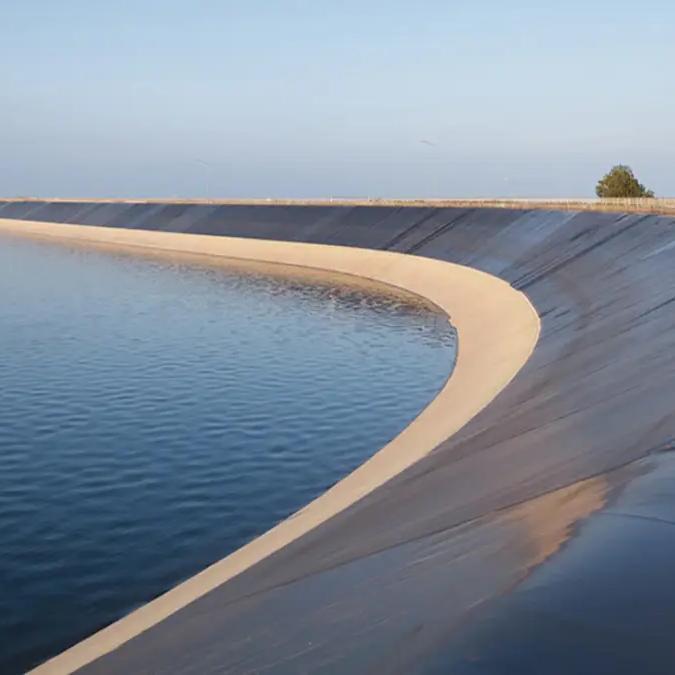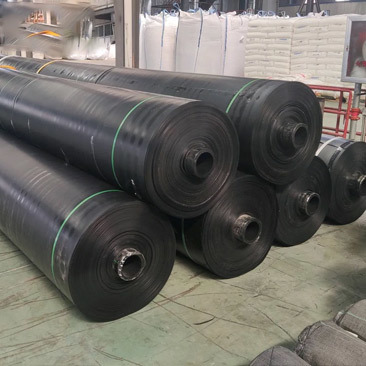Flexible Liner Option for Various Containment Needs
Release time:
2025-09-29
In projects requiring fluid containment, from agricultural ponds to decorative water features, the choice of lining material is a key practical decision. Different projects have different needs, balancing factors like flexibility, chemical resistance, and cost. For applications where adaptability is a priority, the new LDPE geomembrane from China manufacturers presents a viable and flexible option.
In projects requiring fluid containment, from agricultural ponds to decorative water features, the choice of lining material is a key practical decision. Different projects have different needs, balancing factors like flexibility, chemical resistance, and cost. For applications where adaptability is a priority, the new LDPE geomembrane from China manufacturers presents a viable and flexible option.
The primary characteristic of LDPE, or low-density polyethylene, is its inherent flexibility. This makes the new LDPE geomembrane from China manufacturers easier to handle and install, particularly on projects with uneven subgrades or complex shapes. Its toughness allows it to conform to the ground without becoming brittle, which can be an advantage in environments with shifting soil.

This flexibility supports a wide range of uses. The new LDPE geomembrane from China manufacturers is often selected for lining irrigation canals, decorative ponds, and for certain landfill applications where its chemical resistance is sufficient. The material is typically welded on-site to create a continuous barrier, and its pliable nature can make the seaming process more straightforward for installation crews.
While other geomembranes may offer higher tensile strength, the practical benefits of this material lie in its workability and cost-effectiveness for many standard projects. The availability of the new LDPE geomembrane from China manufacturers provides engineers and project managers with a specific tool for containment challenges where high flexibility is a desired attribute. This highlights how different material properties can be matched to the specific demands of a project to achieve a reliable and functional outcome.






